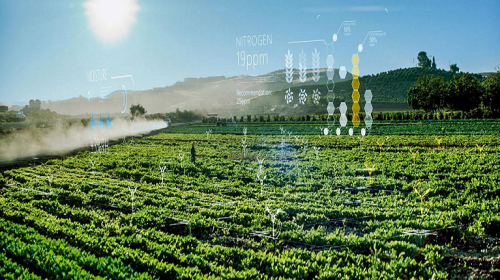
AI classroom toolkit
The toolkit unlocks generative AI safely and responsibly in your classroom to create an immersive and effective learning experience for educators and learners aged 13-15 years.
View materialsThis browser is no longer supported.
Upgrade to Microsoft Edge to take advantage of the latest features, security updates, and technical support.
Microsoft Learn Educator Center

AI classroom toolkit
The toolkit unlocks generative AI safely and responsibly in your classroom to create an immersive and effective learning experience for educators and learners aged 13-15 years.
View materials
Brown Toy Box
Microsoft Philanthropies is proud to host the lessons associated with the Brown Toy Box activity kits.
View materials
Data science
Prepare learners to build the future by immersing them in fun and interactive activities as they learn about Excel and the data science process.
View materials
FarmBeats for Students
Bring modern growing techniques and data-based decision making into the hands of today's learners.
View materials
Hacking STEM
Standards-based lesson plans, written by teachers for teachers, provide inquiry and project-based activities to visualize data across the science, technology, engineering, and math (STEM) curriculum.
View materials
Harlem Globetrotters STEAM Curriculum
Students dive into Harlem Globetrotters history, explore the power of teamwork, and apply STEAM skills through two engaging options: coding a custom basketball game in MakeCode or designing an AI-powered dream team roster featuring their classmates using Microsoft Copilot and Designer.
AI roster challenge Code and play
Introduction to Datacenters
Help your learners gain foundational knowledge about datacenters including what they are, why they exist, and how they power the digital world.
View materials
Microsoft Office Specialist
Help your learners get on the pathway to a prosperous future by preparing them for Microsoft Office 2019 Certification exams.
Microsoft 365 Apps Microsoft Office 2019
Racing with Rajah
Learners explore STEM concepts through racing, learning about physics, vehicle mechanics, and AI-driven race strategies, with practical activities using Azure tools.
View materials
Search Coach
Quick lesson plans provide learners context and guidance to ask effective questions and discover reliable sources they can apply in search engines like Bing or Google.
View materials
STEM and Sports
Have fun with STEM through sports-themed learning activities that explore topics from physics and biomechanics to data analysis and programming in ways accessible for learners of all ages.
View materials